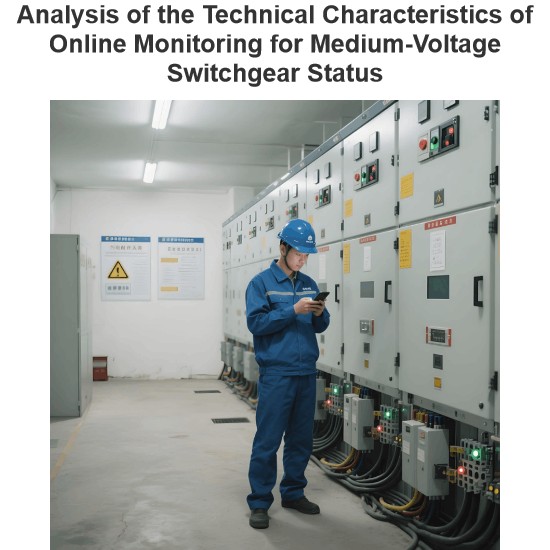The difference between an air gap and a break in a circuit?
The air gap and the open circuit in a circuit are two different concepts, each with their unique definitions and roles in electrical engineering.
Air Gap
Definition: A gap is a non-magnetic region between two magnetic components (such as the stator and rotor) in a motor or other electrical device. This area is typically filled with air but may also contain other non-magnetic materials.
Function:
Magnetic Flux Regulation: The presence of a gap affects the distribution and path of magnetic flux. A larger gap increases magnetic reluctance, leading to a decrease in magnetic flux.
Mechanical Balance: In an electric motor, the air gap helps maintain mechanical balance between the rotor and stator, preventing direct contact between them.
Noise and Vibration Control: Smaller air gaps can reduce noise and unbalanced magnetic pull.
Features:
The air gap is a part of the magnetic circuit, but it does not participate in the transmission of magnetic energy.
The size of the air gap directly affects the motor's performance, including power factor, magnetization current, and overload capacity.
Circuit Breaker
Definition: A circuit breaker is an automated switching device that can automatically disconnect a circuit when the current in the circuit exceeds a preset value, in order to protect electrical equipment from damage caused by overloading and short circuits.
Function:
Circuit Protection: A circuit breaker can quickly disconnect the circuit when the current is too high, preventing electrical devices and lines from being damaged due to overheating.
Safety: By interrupting fault currents, circuit breakers can prevent fires and other safety accidents.
Restoration Function: Unlike fuses, circuit breakers can be reclosed after fault removal to restore normal operation of the circuit.
Features:
The circuit breaker has overload and short circuit protection functions, suitable for circuits of various voltage levels.
They can be operated manually or automatically, offering high flexibility and reliability.
Summary of Distinctions
Nature: A gap is a physical space within the motor or electrical equipment, while a circuit breaker is an independent switching device.
Function: The air gap is mainly used to regulate the magnetic flux and maintain mechanical balance, while the circuit breaker is used to protect circuits and equipment from damage caused by overloads and short circuits.
Location: The air gap exists inside the motor or other electrical equipment, while circuit breakers are typically installed outside the circuit as protective devices.
Through the above analysis, it can be seen that the air gap and circuit breaker play different roles in electrical engineering, each with unique importance and application areas.
The Electricity Encyclopedia is dedicated to accelerating the dissemination and application of electricity knowledge and adding impetus to the development and innovation of the electricity industry.













